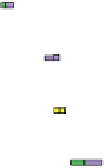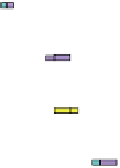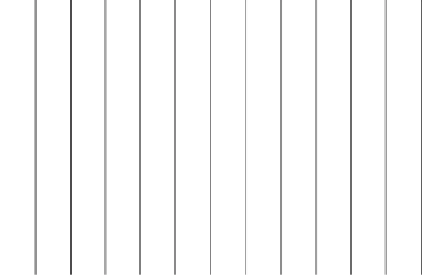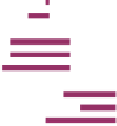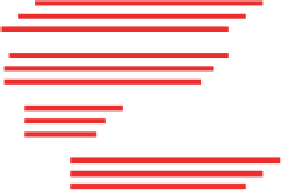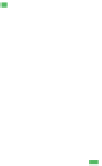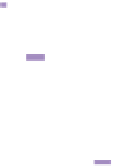Agriculture Reference
In-Depth Information
%HVW'XWFK&XOWLYDU
VFHQDULR
%UHDNHU
3LQN
5HG
VFHQDULR
ŮŜŐŚƚĎŮƵĞ
ϮΣ
%UHDNHU
ĎŮƵĞ
ΚΣ
3LQN
ŐƋĞĞŶ
ϬϹΣ
5HG
ƉƵƋƉŮĞ
ϬϴΣ
VFHQDULR
LJĞŮŮŽǁ
ϮΡΣ
%UHDNHU
ƉƵƋƉŮĞ
WĎĞĨŽƋĞƐƵƉĞƋŴĂƋŬĞƚ
3LQN
5HG
ƋĞĚ
WŜŶƐƵƉĞƋŴĂƋŬĞƚ
VFHQDULR
%UHDNHU
3LQN
5HG
:RUVW'XWFK&XOWLYDU
VFHQDULR
%UHDNHU
3LQN
5HG
VFHQDULR
%UHDNHU
3LQN
5HG
VFHQDULR
%UHDNHU
3LQN
5HG
VFHQDULR
%UHDNHU
3LQN
5HG
6XSSO\FKDLQGD\V
Fig. 14.3
Scenario analysis of the best and worst Dutch tomato cultivar with regard to the start and
the duration of the acceptance period. (Schouten et al.
2010
)
Table
14.2
presents an overview of improvement opportunities when implement-
ing the QCL concept in the tomato and mango supply chains.
Case Study in the Mango Supply Chain
The Mango Supply Chain
Typically, mango fruits are picked in an unripe stage in tropical or sub-tropical
countries and cooled during weeks of sea transport in reefers to slow down the
ripening process. Most mangoes are harvested when they reach a sufficient size






